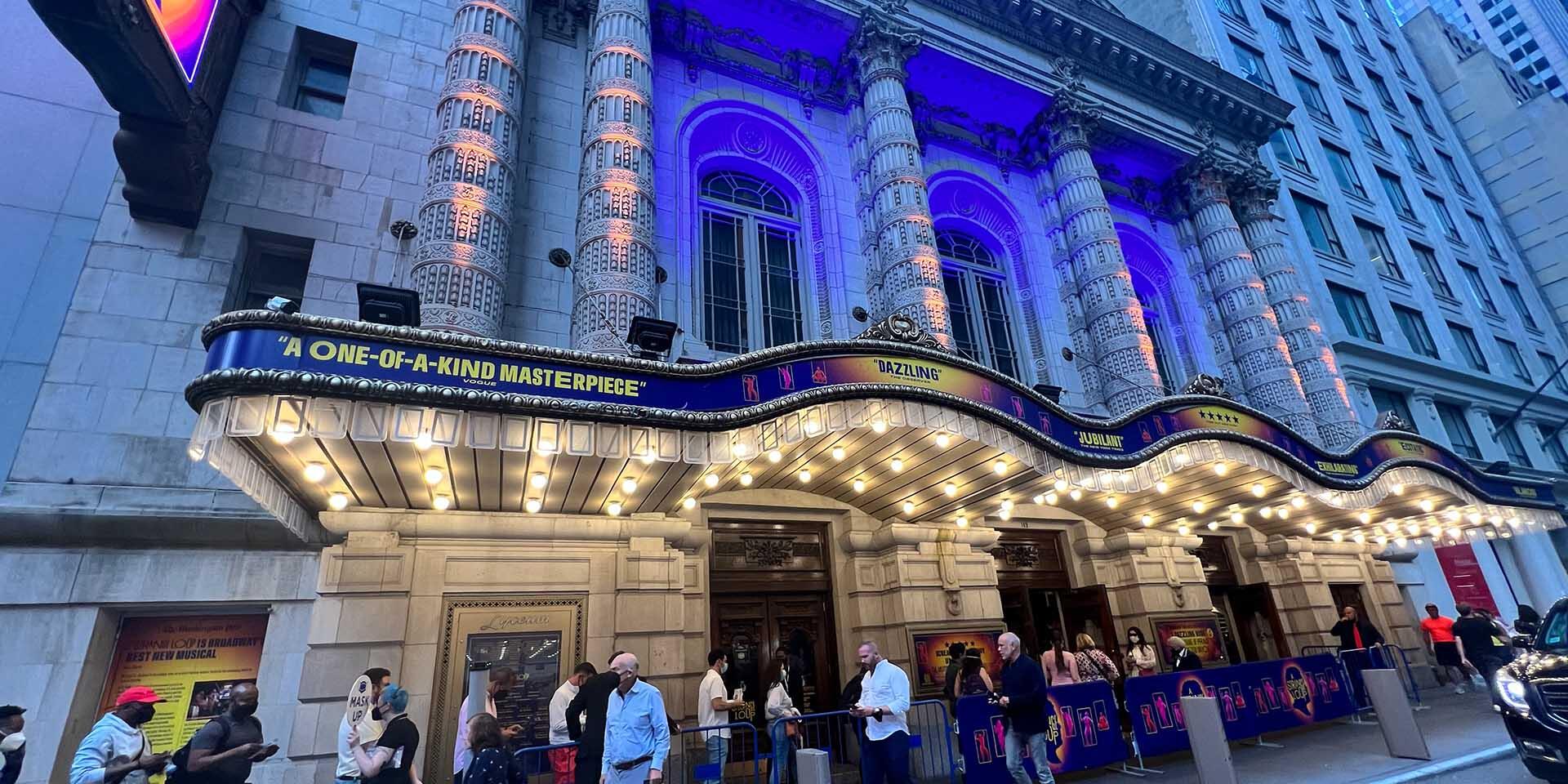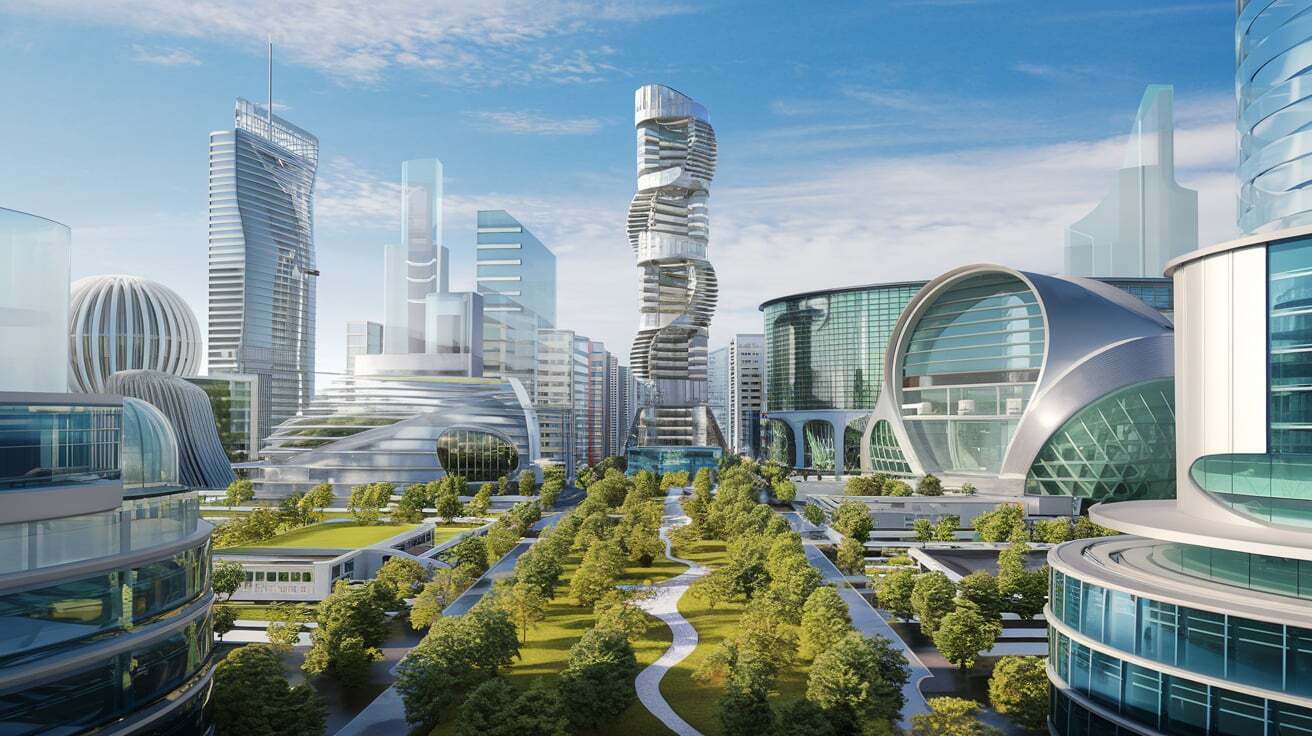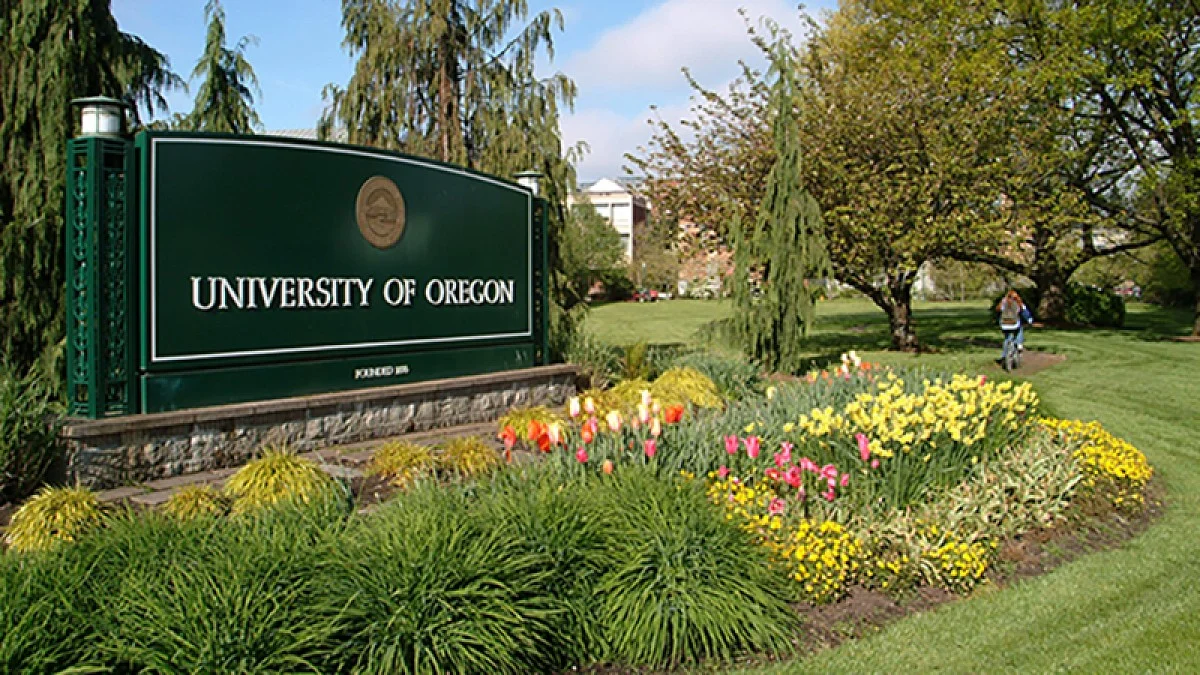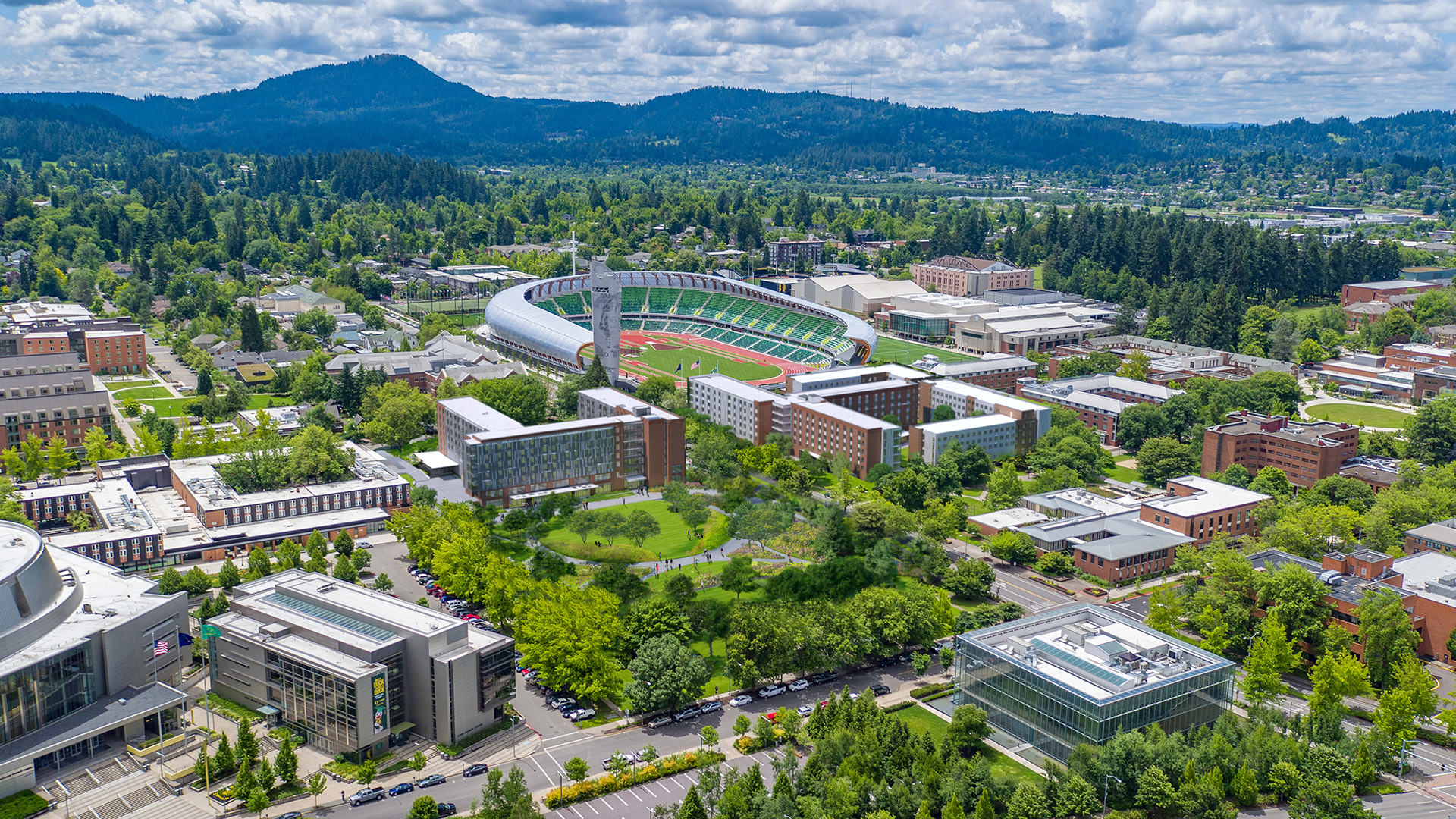
Broadway is more than just a street in New York City; it is the pulsating heart of American theater. This iconic avenue, running through the bustling midtown Manhattan, is synonymous with world-class performances, dazzling lights, and a rich history that has shaped the landscape of performing arts. Home to 41 professional theaters with seating capacities of 500 or more, Broadway attracts millions of theatergoers annually, making it a cultural and economic powerhouse.
The Historical Evolution of Broadway
Broadway’s journey to becoming a cultural icon began in the early 18th century with the establishment of New York City’s first theaters. However, it was in the mid-19th century that broadway began to gain prominence. The opening of the Astor Place Opera House in 1847 marked the beginning of its ascent. The early 20th century saw the development of Times Square, transforming Broadway into the vibrant theater district we know today.
The introduction of electric lighting in the late 19th century earned Broadway the nickname “The Great White Way,” due to its brilliantly illuminated marquees and billboards. This period marked the beginning of Broadway’s reputation as the epicenter of American theater.
Iconic Theaters and Legendary Productions
Broadway’s theaters are as famous as the shows they host. The Lyceum Theatre, established in 1903, is the oldest continually operating Broadway theater. The New Amsterdam Theatre, another historic venue, has hosted iconic shows like Disney’s “The Lion King,” blending historic charm with modern productions.
Broadway’s catalog of landmark productions is vast and varied. Musicals like “West Side Story,” “The Phantom of the Opera,” and “Hamilton” have left lasting impacts on the cultural landscape. These productions have showcased the talents of legendary playwrights, composers, actors, and directors, solidifying Broadway’s reputation for excellence.
The Broadway Experience
Attending a Broadway show is a quintessential New York City experience. From the moment you enter a theater, you’re enveloped in an atmosphere of excitement and anticipation. The grandeur of the theater interiors, with their ornate decorations and plush seating, enhances the sense of occasion.
Broadway offers a diverse range of genres, from heartwarming musicals and gripping dramas to hilarious comedies and thought-provoking avant-garde pieces. This diversity ensures that there is something for everyone, catering to a wide array of tastes and preferences.
Economic and Cultural Impact
Broadway’s influence extends far beyond the confines of its theaters. Economically, it is a major driver of New York City’s tourism industry. In the 2018-2019 season alone, Broadway shows grossed over $1.8 billion and attracted more than 14.8 million attendees. This influx of visitors generates substantial revenue for local businesses, including hotels, restaurants, and shops.
Culturally, Broadway serves as a platform for important social and political commentary. Productions like “Rent,” “The Color Purple,” and “Dear Evan Hansen” address critical issues such as AIDS, racial inequality, and mental health, prompting audiences to reflect and engage in meaningful conversations.
The Evolution of Broadway
Broadway is constantly evolving, adapting to changing tastes and technological advancements. In recent years, there has been a notable increase in productions featuring diverse casts and creative teams. This shift reflects a broader commitment to inclusivity and representation within the theater community.
Technological innovations have also transformed the Broadway experience. Enhanced sound and lighting systems, coupled with cutting-edge special effects, have elevated the visual and auditory impact of productions. Additionally, the rise of digital platforms has made Broadway more accessible to global audiences through live-streamed performances and digital archives.
Broadway’s Role in American Society
Broadway’s influence extends beyond entertainment; it plays a vital role in shaping American society. The themes explored in Broadway shows often mirror the cultural and political climate of the times. For instance, during the civil rights movement, shows like “West Side Story” and “A Raisin in the Sun” tackled issues of racial tension and integration.
In recent years, Broadway has become a platform for promoting social justice and equality. Productions like “Hamilton” have reimagined American history through a diverse lens, challenging traditional narratives and celebrating the contributions of marginalized communities.
The Stars of Broadway
Broadway has been the launching pad for countless actors who have gone on to achieve fame and acclaim in film, television, and music. Legends like Ethel Merman, Julie Andrews, and Angela Lansbury began their illustrious careers on Broadway stages. Contemporary stars such as Lin-Manuel Miranda, Idina Menzel, and Hugh Jackman continue to captivate audiences with their extraordinary talent and charisma.
The dedication and passion of Broadway performers are unparalleled. The rigorous schedule of eight shows a week demands physical stamina and emotional resilience, underscoring the commitment of these artists to their craft.
The Future of Broadway
As Broadway looks to the future, it faces both opportunities and challenges. The COVID-19 pandemic dealt a severe blow to the theater industry, leading to an unprecedented shutdown of Broadway theaters for over a year. However, the resilience and creativity of the Broadway community have fueled a strong comeback.
The return of live performances has been met with enthusiastic audiences eager to experience the magic of Broadway once again. New productions, innovative storytelling techniques, and continued efforts to promote diversity and inclusion promise to keep Broadway at the forefront of American theater.
Conclusion
Broadway is more than just a collection of theaters; it is a cultural institution that embodies the spirit of creativity, resilience, and inclusivity. Its rich history, iconic productions, and profound impact on American society make it a cornerstone of global theater. As Broadway continues to evolve and adapt, it remains a shining example of the transformative power of the arts.
Whether you’re a lifelong theater enthusiast or a first-time visitor, the allure of broadway is undeniable. The lights, the music, the performances—all come together to create an unforgettable experience that celebrates the very best of human creativity and expression.







